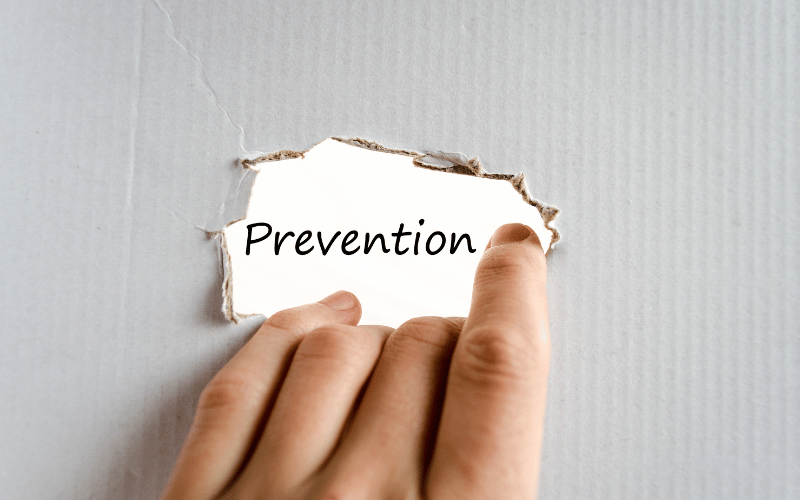Fact 11: Proactive Prevention

When it comes to combating viral hepatitis, prevention often takes center stage. It’s a collective acknowledgment that while treatment is essential, preemptive measures can significantly reduce the disease’s incidence and, by extension, its associated complications.
Firstly, the realm of vaccinations has been revolutionary. Hepatitis A and B can be prevented through vaccinations, and the incorporation of these vaccines in routine immunization schedules in many countries has led to a dramatic reduction in new cases. It’s a protective shield, especially for Hepatitis B, which can lead to chronic infections and complications if contracted.
But beyond vaccines, the importance of safe practices cannot be overstressed. Safe injection techniques, using sterilized needles and syringes, are crucial in medical settings to prevent the spread of Hepatitis B and C. Moreover, personal practices, such as avoiding sharing personal items like razors or toothbrushes, can be simple yet effective preventive measures.
Additionally, in regions where food and water contamination are prevalent, Hepatitis A and E transmission can be significantly reduced by ensuring safe drinking water and proper food handling. Simple steps like washing hands, boiling water, and avoiding raw shellfish can make a world of difference.
Blood screening, especially in the context of blood donations, is another cornerstone of proactive prevention. Ensuring that donated blood is free from hepatitis viruses reduces the risk of post-transfusion hepatitis, safeguarding both donors and recipients. To wrap this up, proactive prevention is our first line of defense against viral hepatitis. It’s a mosaic of interventions, ranging from vaccines to safe practices, each piece instrumental in creating a comprehensive protective barrier against these viruses. (11)